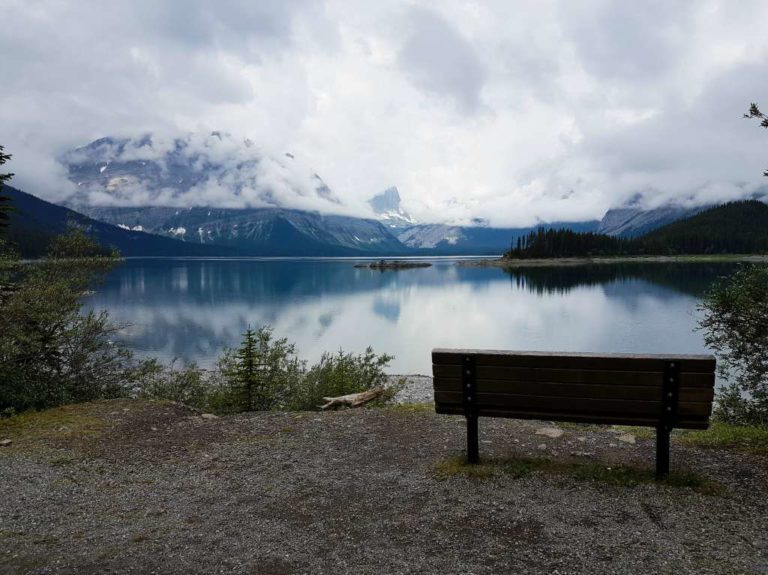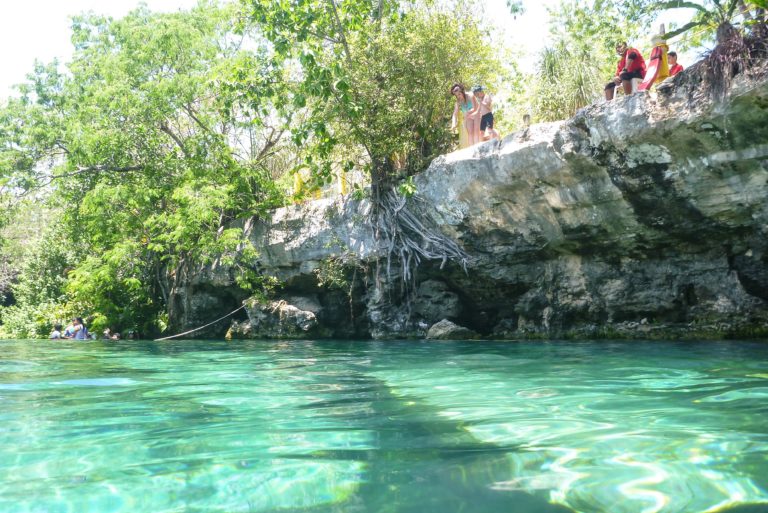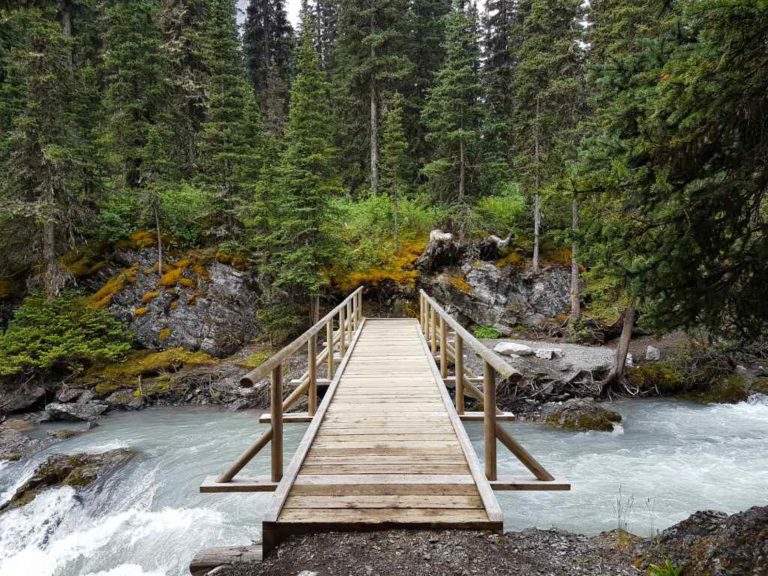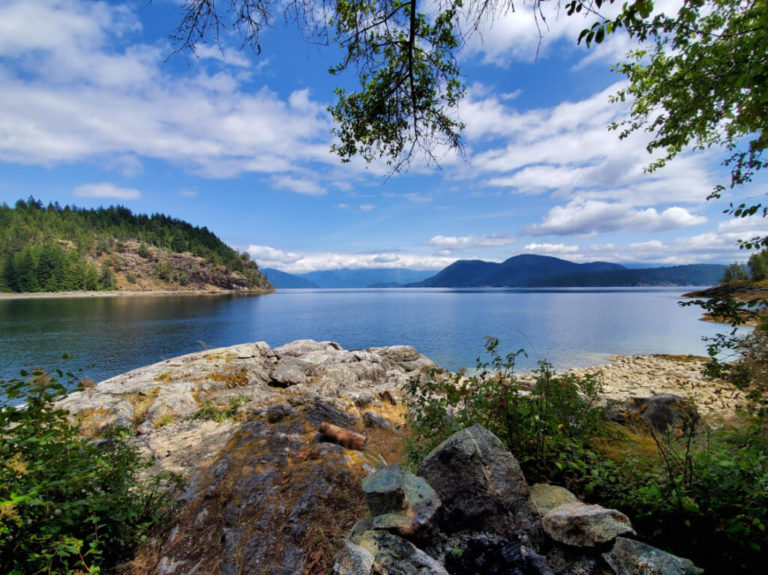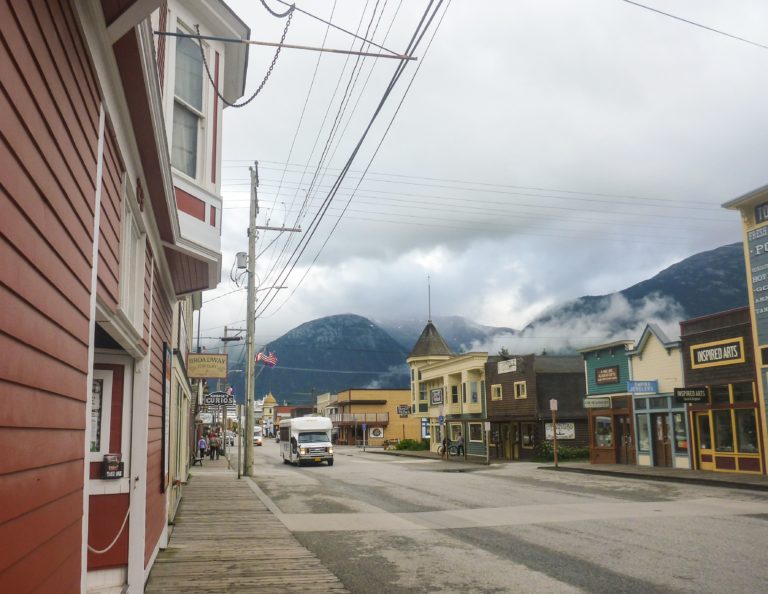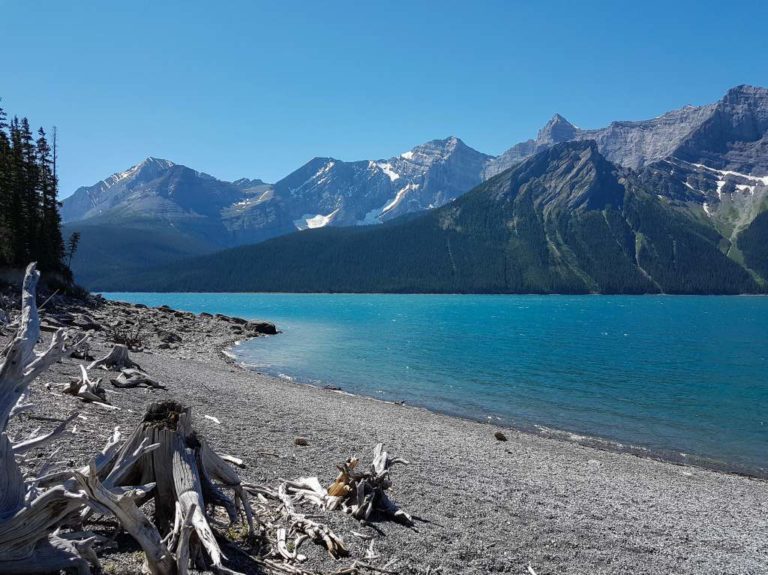A BEGINNER’S GUIDE TO: INTERNATIONAL TRAVEL
Do you dream of waking up in a foreign country but don’t know how to get there? Do you peruse the Pinterest pages and Instagram feeds of world travelers but don’t know where to start? I was there once too. I didn’t travel internationally until my 20s and really had no clue how to plan a trip outside of Canada. There are a lot of things to think about and it can feel daunting.
In this guide, I’ve broken down the steps to planning a trip into more manageable and less scary pieces so you can stop dreaming and start experiencing the wonderful world of international travel.
This post may include affiliate links. As an Amazon Associate I earn from qualifying purchases. Find more info in my privacy policy.
Trying something new can be overwhelming and often times, that first step is the hardest to take. Since I’m all about getting people to step out of their comfort zone despite fear and uncertainty, I decided to start my “Beginner’s Guide to….” series which focuses on activities that I was once afraid to try, but have since come to love. These posts will cover the most basic information and first steps. Hopefully some of you will find them useful!

The Boring (but essential) Stuff:
Passport: If you don’t already have a passport, this should be first on the list. Depending on the process in your country, it can take weeks, if not months, to obtain a passport. Check out government websites for requirements and how to go about doing this.
If you already have a passport, be sure to check that it’s valid through and well past the dates you hope to travel. Some countries require that your passport be valid at least six months beyond the completion of your trip.
Useful Links:
For Canadians – Government of Canada Passport Page
For Americans – U.S. Department of State Site
Visas: Some countries require international travelers to have a visa in addition to a passport. Don’t worry too much about his until you have an idea of where you want to go. Once you have it narrowed down to a few options, check government websites to see what is required. Some visas can be expensive and difficult to get. First-time travelers may want to avoid this process if possible, and choose a destination that is easier to visit.
Useful Links:
Search requirements by destination on IATA’s Travel Centre
Vaccinations: Again, don’t overthink this until you’ve decided what region of the world you will be traveling to. Once you know this, talk to you doctor or a travel health clinic to find out more about recommended/required vaccinations. Remember that some vaccinations require multiple boosters prior to travel, so it is recommended to start this process at least six weeks prior to departure.
Insurance: Check with your insurance provider to see what is covered when you are traveling outside of the country. Some credit card companies also offer coverage when travel is booked using their card. Keep in mind the activities you plan to do. Some insurance providers do not cover adventure activities. If you don’t have coverage, buy travel insurance. Hopefully you won’t need it, but you’ll be glad you have it if you do.
Useful Links:
Always make copies of important documents such as passports, visas, insurance information, etc. and leave them with someone you trust. Another option is to back them up to a secure online storage provider. This way, you’ll be able to access important information in the case you’ve lost it along the way.
Budgeting and Saving for International Travel
Budget: Travel does not necessarily have to be expensive, but it will still cost you something. Travelers can save money by being smart about booking flights and accommodation, traveling in the off-season, prioritizing where to splurge and where to save, and using travel rewards/points programs. You can find more tips on this throughout the post.
Flights and accommodations will most likely be you biggest expenses, so start there when planning your budget. Average daily costs can be determined by researching travel guides and blogs or by using budgetyourtrip.com where you can find average costs based on country and travel style.
As with anything, add some wiggle room to allow for unexpected expenses (like accidentally spending 8 euro on a tiny tub of raspberries in Amsterdam or getting ripped off in a hotel restaurant in Prague – these things happen sometimes, which I may or may not know from experience…)
Save Some Money: There are a ton of ways to save up for a trip but it will ultimately depend on your situation and what you are willing to give up. It will also depend on the length/cost of your trip and thus how much you need to save in the first place.
In general, look at your disposable income and where it goes in a month. Consider foregoing the expensive lattes, meals out, impulse purchases, etc. You might be surprised by how much you save. As with any non-essential expense, saving for travel requires that you make it a priority and consciously work toward your goal.
If travel is something you want to start doing regularly, start a designated travel-savings account and put a little away every month.
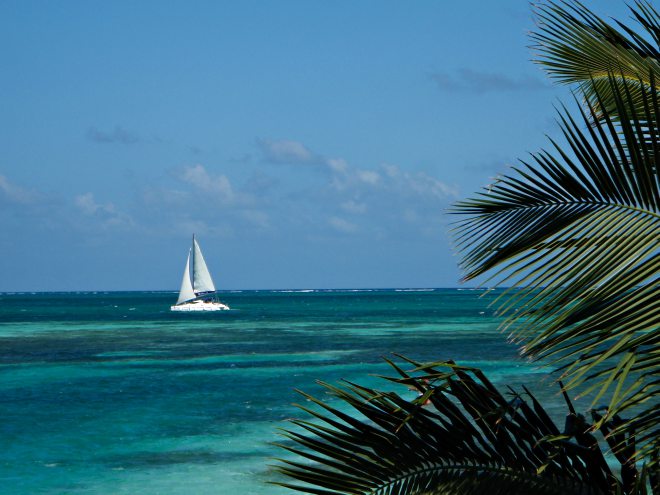
The Fun Stuff:
Choose a Destination: If you already have your heart set on a place, good for you! You’re one step ahead. But for everyone else, deciding where to go can be both the most fun and the most overwhelming part of trip planning. There are just so many options! To help you narrow it down, here are a few things to consider:
What do you want to do? As far as I’m concerned, this should be the biggest determining factor when trip planning and where I always start. Our trip to Honduras came about when I decided I wanted to learn to SCUBA dive and the internet told me Honduras was a good place to do that. Costa Rica came about when I was looking for a good place for beginner surfers. Alaska, when I decided to hike the Chilkoot Trail.
Ask yourself what the main purpose of the trip is. Do you want to relax on a beach? Tour a city? Learn about history? See where your ancestors came from? Learn to ski? Tour a vineyard? Climb a mountain? Eat the equivalent of your body weight in pizza? Once you’ve got an idea of what you want to do, it’s as simple as plugging “best place to ______” into Google and seeing what comes up. There are often multiple places to do any one activity but this will help narrow it down.
When are you going? If you’re on a strict schedule then determining where to go may depend on what time of year you are limited to. Use Responsible Travel’s month-by-month guide to determine the best time to travel to different regions of the world.
How long do you want to go for? If you only have an extra long weekend, I wouldn’t recommend anything that requires a 14-hour flight or multiple days of travel. Also, don’t try to tour an entire continent on a 2-week vacation. Many of us are guilty of trying to “do it all” in a short amount of time but you’ll often have a better experience and avoid burnout if you focus on fewer places.
How far out of your comfort zone are you willing to go? Consider things like cultural differences and language barriers. Learning about other customs, ways of life, foods, and beliefs is often the best and most rewarding part of international travel. But for a nervous first-time traveler, it’s okay to stick with the familiar. If you’re feeling nervous, find somewhere that locals speak the same language as you or that has a well-trodden tourist path. This often makes getting around and figuring things out much easier.
In the end, choosing a destination will depend on your interests, location, budget, and entrance requirements.
Determine Your Travel Style: This can range from fly-by-the-seat-of-your-pants independent travel to planned-down-to-the-minute group tours. There is no “right” way to travel and you should go with whatever you’re most comfortable with. If the thought of arranging your own transportation, accommodation, and activities makes you break out in hives, book an organized tour with a reputable company. Another option is booking an all-inclusive resort vacation.
If you’d rather have more freedom and flexibility, independent travel isn’t as scary as it may seem to first-timers. It often just requires a bit more time, effort, and research on your part. The following sections on flights, accommodations, and activities apply more to those going independent for all or part of their trip.
Resources for Travel Planning
Book a Flight: I mostly use Google Flights to search and then book directly with the airline. With Google Flights, you can search by region or city; with flexible or set dates. Skyscanner is also a popular flight booking website. You can search from your departure city to “everywhere” to see what prices are like for different regions.
There is some conflicting advice about finding the cheapest possible flights. But in general, it is recommended to book anywhere from 8 to 18 weeks prior to your departure date; to depart and return on weekdays; and to book on a Tuesday or Wednesday.
Find Accommodations: If you are doing an organized tour, this should be arranged for you. But be sure to check if you are responsible for finding a place to stay on arrival or prior to departure, this isn’t always included as part of the itinerary.
For independent travelers, you have a number of options. Each have pros and cons and appeal to different travelers for different reasons.
Hotels: These can be large multi-national chains or smaller, locally owned establishments. Prices vary widely but can be expensive.
Check out: Booking.com
Rental Properties: These can be anything from a single room in someone’s home to an entire apartment or house. They often feel more like home than a hotel and have amenities such as a kitchen or washing machine.
Check out: Airbnb | Flipkey| VRBO
Hostels: People seem to cringe at the idea of a hostel but they can be a great option. Many of them have the choice of dorm or private rooms, communal areas, and kitchen facilities.
Check out: Hostelworld
B&Bs, Guesthouses, Inns: These are often small and locally owned. They are much more intimate than hotels and can feel homey.
Check out: Hostelworld
When looking for accommodation, keep in mind the location, proximity to activities/restaurants/etc., and transportation options. If you’re planning on being out and about most of the time, don’t worry too much about how fancy the place is. You’ll only be sleeping there. My only make-or-break requirements are that it be safe and clean.
A Note About Reading Accommodation Reviews: Reading online reviews can be extremely helpful when looking for a place to stay but do so with a healthy dose of skepticism. I try to find the most recent reviews and look at what they are saying are the positives and negatives. I completely disregard reviews that complain about weather or any other negative experience that is beyond the control of the hotel. I also try to find reviews across multiple sites. If they are consistently good or bad, it’s probably pretty accurate. Reviews can also give you an idea of the vibe of a place. If everyone says they loved it because they could party all night but you’re looking for quiet and relaxation, find somewhere else.
Arrange Activities: There’s something to be said about not over-planning your itinerary and I wouldn’t recommend you preplan every moment of your trip. Allowing unplanned time allows you to be more flexible and do things that come up unexpectedly.
However, if there are one or two activities that you absolutely do not want to miss out on, it’s sometimes a good idea to arrange these ahead of time. Certain activities are available only in certain seasons, require permits, or can book up well in advance. In cases like these, do a little research and find out if it is a good idea to book ahead or if you can just show up.
Pack a Bag: Packing can be a daunting task for even the most experienced traveler. My biggest piece of advice is to pack by activity. This means thinking about the things you know or think you will be doing on the trip – going out to a nice dinner, beach days, hiking, sleeping (don’t forget your pjs!), swimming, etc. – and then packing according to this. I find this helps to remember the things you need and stops you from packing 10-days worth of every type of outfit “just in case.”
Pack as light as possible and remember that, unless you’re staying somewhere really rural or remote, you can buy pretty much anything you need once there. If you’re at a loss for what to take, Google “packing list for (insert destination)” and get some ideas.
A few things I love for almost any trip:
Packing Cubes
Universal Plug Adapter
Water Filter: Sawyer Squeeze
Water Purification: Steripen
First Aid Kit
Passport and Document Holder

General Tips for International Travel:
Hope for the Best, Prepare for the Worst: There are occasions when travel is nothing but the carefree, drink-in-hand, relaxing-by-the-pool experience so often portrayed on Facebook pages and Instagram feeds.
But in reality, there are times when things don’t go as planned.
Flights get cancelled, luggage gets lost, plans fall through. Don’t let these things keep you at home, but mentally prepare yourself for the possibility that things won’t always be perfect or fun. In my experience, these are often the memories that make the trip. Also, the lessons learned from having to deal with problems as they arise can be valuable.
Stop Watching the News: I don’t know how many times I’ve been told how brave I was for traveling (FYI: I’ve never felt brave). Or how many times people have said to me “I’d never go there, that’s where tourists are (kidnapped, murdered, robbed, eaten by sharks, etc.)”.
Often, these stereotypes come from having a very narrow view of the world that comes from media.
Not to say that things can’t happen, but the reality is much more complex than this. Be realistic about the risks and take precautions where necessary. Every city has unsafe neighborhoods. Every culture has a few bad apples looking to take advantage of someone. Don’t let this keep you at home, and remember that many of these things can happen just as easily in your own city.
Just Go: There are always reasons not to go. Time, money, commitments, fear. The list could go on. But there are also always ways to overcome these obstacles and make your travel dreams a reality. Do some research, make a plan, save some money and book a ticket.
I’ve never once regretted traveling and have had some of the most incredible experiences on the road. I hope this guide will help you do the same!
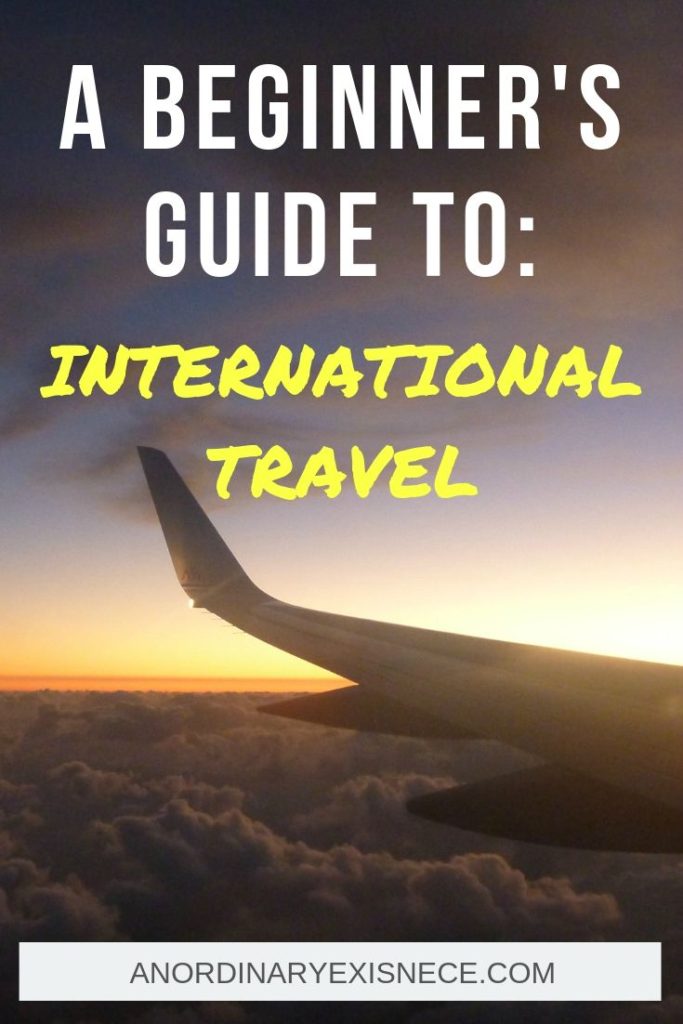
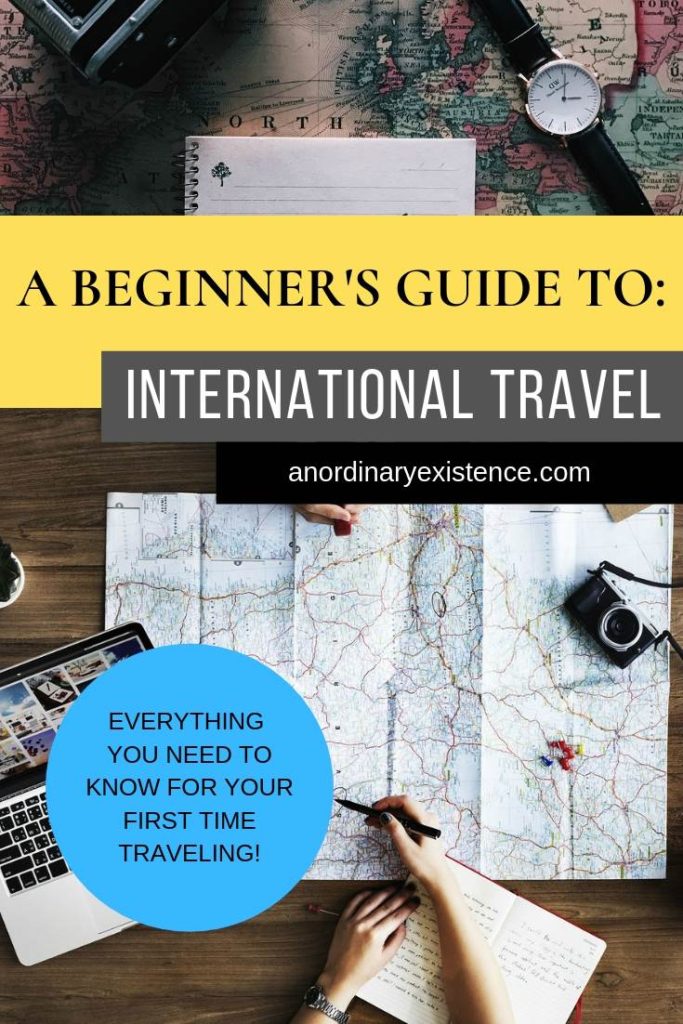
Check out my other resources for beginners:
A Beginner’s Guide to: Hiking
A Beginner’s Guide to: Snowshoeing

